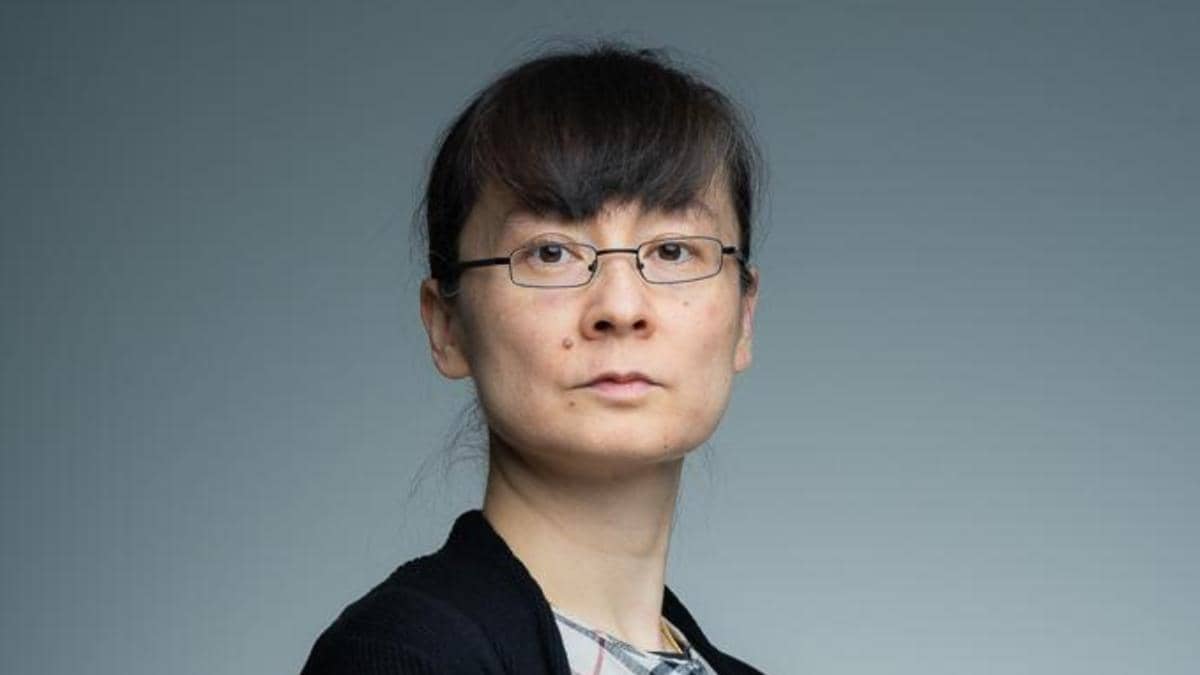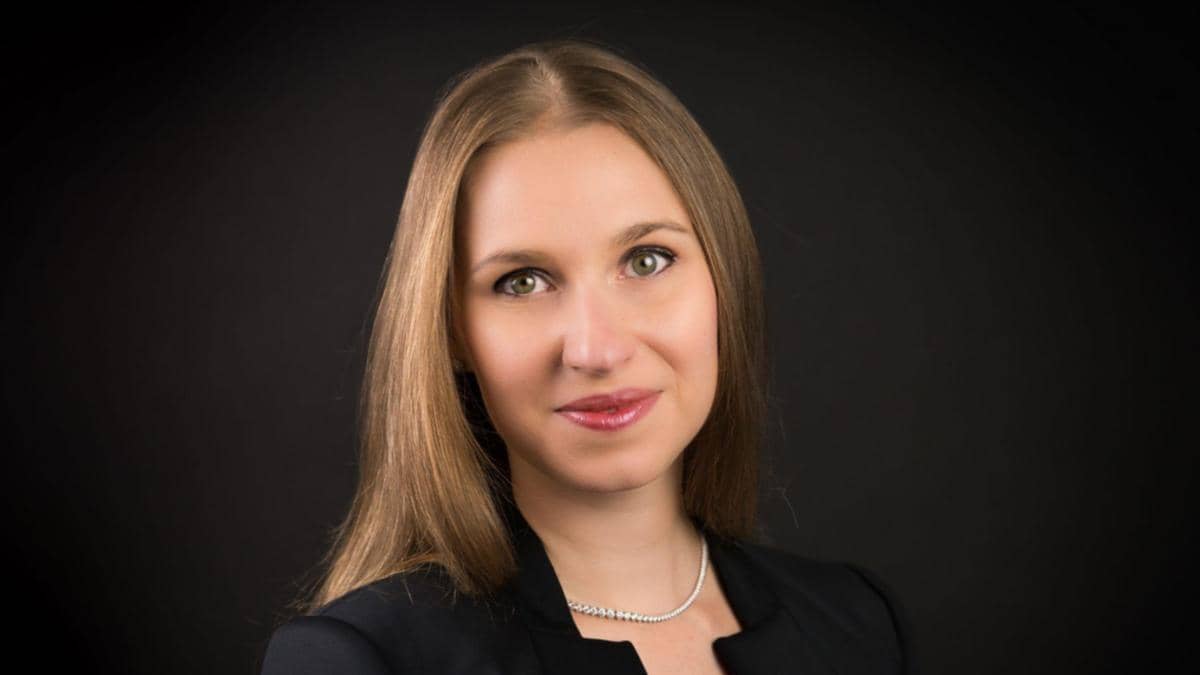Eva Polly, Head of Manager Selection at Raiffeisen

10 NOV, 2019
By Constanza Ramos


1. What is the profile of the Austrian investor? What differences do you find against the average European investor?
The average Austrian investor seems to have a preference for less volatile investments. Retail investors prefer clarity when it comes to potential future investment outcomes. Volatile investments like equities have very uncertain future outcomes and are less often preferred as opposed to multi-asset portfolios, fixed income or real estate investments. Historically there is also a preference for holding significant amounts of cash or fixed-term deposits. Investors across Europe have different preferences in different countries, especially regarding risk. The Austrian investor may perhaps be in many ways similar to the German investor but more risk-averse and less interested in equities than the average UK investor.
2. What is the difference between the role of ta fund manager and the head of manager selection?
In addition to the usual fund management decisions, like the generation and implementation of our market views, the head of manager selection has important supervisory duties and has to make sure that tasks are delegated appropriately according to the skills and strengths of each team member. Additional challenges include the tracking and support of the personal development of each team member. It is important to make sure that the team is ready for the future of the investment management industry.
3. What are the standard methods to select a fund?
Our selection process consists of two pillars – a quantitative and a qualitative one.
We use Morningstar peer groups as a starting point (=quantitative). Every strategist is responsible for his or her peer group. This data management is intensive and hard work. We are in intensive contact with our business partners so that they take care that their funds are categorized in the right way. We leave it up to fund managers to come up with fund proposals. But there are some constraints: AUM 100 million Euro, registration for sale and tax transparency in Austria, minimum track record of 3 years….
The other “hard figures” are the performance, information ratio, Sharpe ratio, alpha,….. All of that belongs to the quantitative process.
The qualitative process is – for us – more important and very time intensive/time-consuming. The soft figures, for example, are investment process, investment/benchmark universe (must be clearly defined and the manager has to stick to it - for example, when we buy a value manager we expect value performance, even when this style is not on-trend. When we buy a pure euro government bond fund we do not expect to be invested in corporate bonds or high yields), management of the company, human resource management (HR-management), investment guidelines, costs, etc.
4. How wide is the list of recommended funds?
We do not make specific fund recommendations to external clients. The product list for our internal use includes over 100 thoroughly analyzed funds.
5. What relationship do you have with the fund manager selected?
We are not affiliated with the fund managers which we select. It is important for us to have a good business relationship with the asset managers (including the salesperson and other contacts). This includes of course that we get prompt updates on a regular basis from the fund management teams.
6. What funds have you recently incorporated into the portfolios?
The latest changes within fixed income were to add a new manager for European government bonds and one new fund for European aggregate bonds. Both new managers fit perfectly in our existing portfolio. We are confident that they will help to enhance our risk-adjusted returns and to tackle the challenging low yield environment. On the equity side, we recently added a new thematic approach focusing on gender equality.
7. In which portfolios would you include a greater weight of passive investment?
In our investment process we don’t think in portfolios – more in strategies. So we would use ETFs in strategies which are more short-term oriented like a tactical asset allocation. We would also use passive investments in asset classes where you can’t find active products.
8. Which is your opinion about the growing demand on passive instruments by private investors?
It might be, that sometimes it’s easier to explain passive investments to private investors. Other reasons could be better availability and lower fees.
9. How important is technology in your process?
Although in our fund selection process the qualitative analysis is very important, we do use a lot of quantitative tools and methods to analyse a fund. Some of these tools are developed internally by our team. We are also aware that technology and new methods of analyzing data are getting more important. To keep up with this development we decided last year to strengthen our team and hired an additional colleague, who is focusing on developing new quant tools and implementing new methods, like machine learning, within our investment process.


